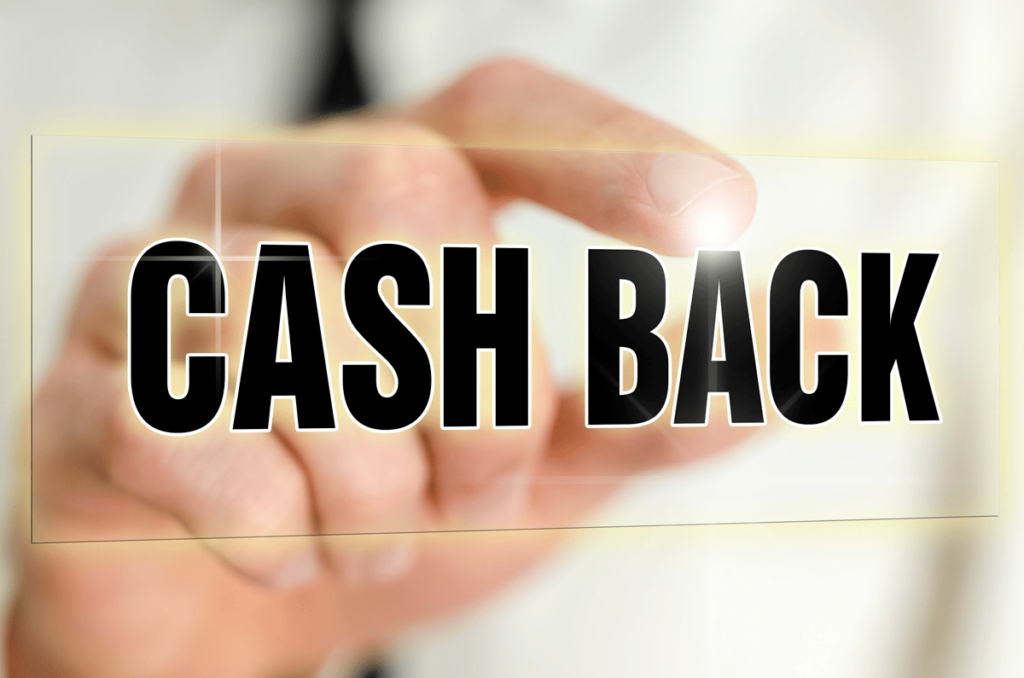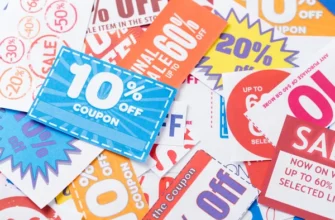Cashback is a refund of a portion of the funds spent on purchases back to the customer’s account. In recent years, cashback has become an increasingly popular way to save money among consumers. Numerous banks, stores, and specialized services offer their clients a chance to get back a certain percentage of their purchase amount, thereby helping to reduce expenses.
The popularity of cashback stems from its simplicity and accessibility. The prospect of benefiting from purchases you were already planning to make is quite appealing. Additionally, cashback is automatically credited when certain conditions are met, without the need for complex actions or accumulating points.
Despite its apparent simplicity, cashback has its nuances and rules. By understanding these, you can significantly increase the amount of money returned. The goal of this article is to delve into the mechanics of cashback and provide tips on how to derive the maximum benefit from it. We will explore what determines the size of the cashback, how to use it correctly, and what to consider when choosing a cashback program.
Cashback Mechanism
The principle of cashback involves returning a part of the funds spent on a purchase back to the buyer’s account. The return percentage can vary from 1% to 30% and depends on the specific conditions of the loyalty program or partnership agreement.
The main sources of cashback are banks, stores, and specialized cashback services. Banks often offer cashback on their credit and debit cards for purchases in certain categories or with partners. Stores and services may return a portion of the funds as part of their loyalty programs to attract and retain customers.

The size of the cashback depends on the partnership agreements between banks, stores, and cashback services. Essentially, cashback is a part of the commission (interchange fee) that the store pays the bank for processing a card transaction. The bank, in turn, shares part of this commission with the customer in the form of cashback. Therefore, the more favorable the partnership terms, the higher the percentage of cashback the buyer can receive.
On average, the cashback amount is 1-5% of the purchase amount. However, during special promotions or for certain categories of goods, the percentage can reach 10-30%. For example, increased cashback is often offered for purchases in categories like “Travel,” “Restaurants,” and “Gas Stations.” By selecting goods and services in categories with the maximum cashback, you can significantly increase the amount of money returned.
Examples of Savings Through Cashback
To understand how profitable using cashback can be, consider a few examples. Suppose your monthly card expenses are $20,000. At an average cashback rate of 2%, you would receive about $400 back per month, or $4,800 per year. If you specifically choose purchase categories with a higher cashback, such as 5%, the return amount would be $1,000 per month or $12,000 per year.

The actual savings from regular use of cashback can be quite substantial. For example, with annual card expenditures of $500,000 and an average cashback of 3%, your benefit would be $15,000 per year. Essentially, this is an additional monthly income that you earn simply by paying for your usual purchases with a cashback card.
Some purchase categories are particularly beneficial in terms of cashback. These usually are categories with high competition and large turnovers, such as travel, gas stations, restaurants, home appliances, and electronics. The cashback in these categories can reach 10% and even 30% during special promotions. By planning major purchases in these categories and using cards with increased cashback, you can achieve significant savings.
Annual savings from cashback depend on the type of user and their spending habits. For thrifty users who spend about $20,000 – $30,000 per month on their card, the annual benefit from cashback can be between $5,000 and $10,000. For more active users with monthly expenditures of $50,000 – $100,000, savings can reach $20,000 – $40,000 per year. And for premium clients with large turnovers on their card, the benefit from cashback is measured in hundreds of thousands of $ per year.

